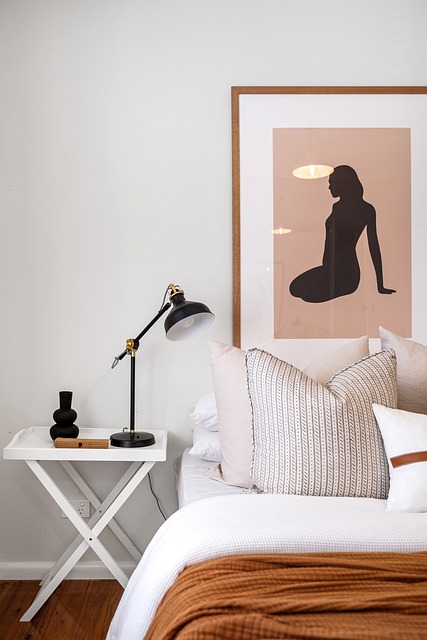Senior citizens, especially those living alone, face unique safety challenges like reduced mobility and health conditions that can lead to accidents. Effective solutions include medical alert systems, fall detection devices, smart home monitoring with security cameras and motion sensor lights. These technologies enable timely assistance, promote independent living, and provide peace of mind for seniors and their loved ones, catering to individual needs and budgets. Elderly home monitoring systems remotely track vital signs and activities, while integrated safety features enhance visibility and response times in emergencies.
- Understanding Senior Safety Concerns: Identifying Risks and Needs
- Exploring Cost-Effective Home Safety Solutions for Seniors
- Key Components of Elderly Home Monitoring Systems
- Implementing Smart Home Technologies for Enhanced Senior Security
Understanding Senior Safety Concerns: Identifying Risks and Needs
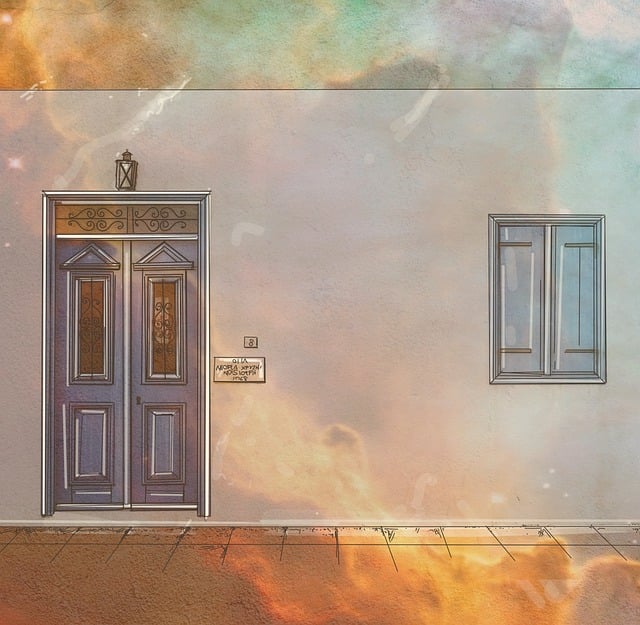
Senior citizens, especially those living alone, have unique safety concerns that require tailored solutions. Understanding their specific risks and needs is paramount in developing effective safety strategies. As people age, they might face challenges such as reduced mobility, cognitive impairments, or chronic health conditions, all of which can increase the likelihood of accidents or emergencies. For example, falls are a significant concern for seniors, with potential consequences including injuries, loss of independence, and even death.
Identifying these risks involves assessing the living environment, daily routines, and overall health of the elderly individual. Medical alert systems, fall detection devices, and smart home safety solutions like security cameras and motion sensor lights can play pivotal roles in addressing these concerns. These technologies enable timely assistance during emergencies, promote independent living, and provide peace of mind for both seniors and their loved ones.
Exploring Cost-Effective Home Safety Solutions for Seniors
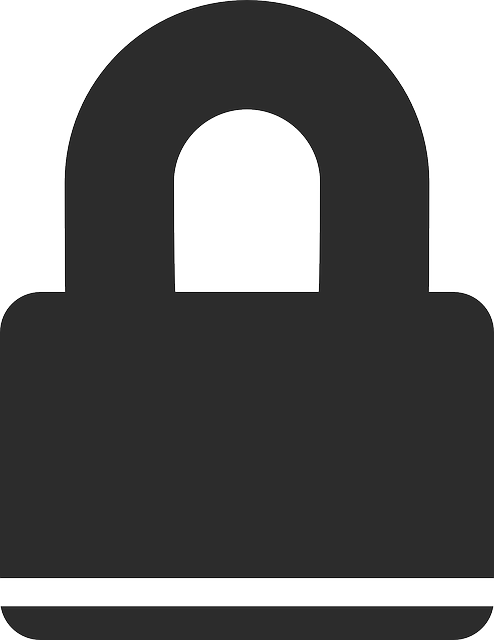
For seniors looking to maintain their independence at home while ensuring safety and peace of mind, exploring cost-effective solutions is essential. Senior home safety systems have advanced significantly, offering a range of options tailored to specific needs. These include elderly home monitoring systems that allow family members or caregivers to track vital signs, location, and daily activities remotely. Medical alert systems for seniors are another game-changer, providing quick access to emergency services with just the push of a button.
Fall detection devices, integrated with smart home safety for elderly, can automatically detect and alert caregivers or loved ones in case of a fall, ensuring prompt response. Senior-friendly security cameras offer clear visuals and simple interfaces, making it easy for users to monitor their surroundings without complexity. Motion sensor lights for seniors not only enhance visibility but also contribute to overall security by illuminating paths and deterring potential intruders. Emergency response systems for elderly are designed to provide immediate assistance during emergencies, offering a safety net that can be tailored to individual needs and budgets.
Key Components of Elderly Home Monitoring Systems
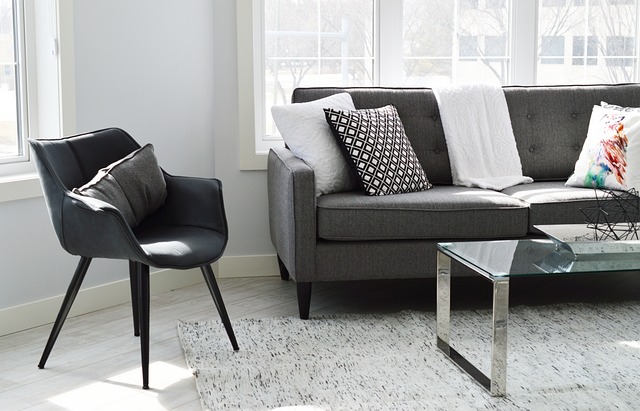
Elderly home monitoring systems are a crucial component in enhancing the safety and well-being of fixed-income seniors. These comprehensive solutions integrate several key features designed to cater to the unique needs of older adults, ensuring peace of mind for both them and their families. At the core is the integration of medical alert systems for seniors, enabling immediate assistance during emergencies via direct connectivity to emergency response teams.
Additionally, fall detection devices play a vital role in monitoring mobility and detecting falls, which can be life-saving given the higher risk of accidents among seniors. Smart home safety for elderly is further bolstered by senior-friendly security cameras that offer remote surveillance capabilities, allowing family members to check in on their loved ones even when physically distant. Other practical components include motion sensor lights for seniors, enhancing visibility and independence at night, as well as emergency response systems that provide quick access to help in various scenarios, from medical crises to simple falls.
Implementing Smart Home Technologies for Enhanced Senior Security
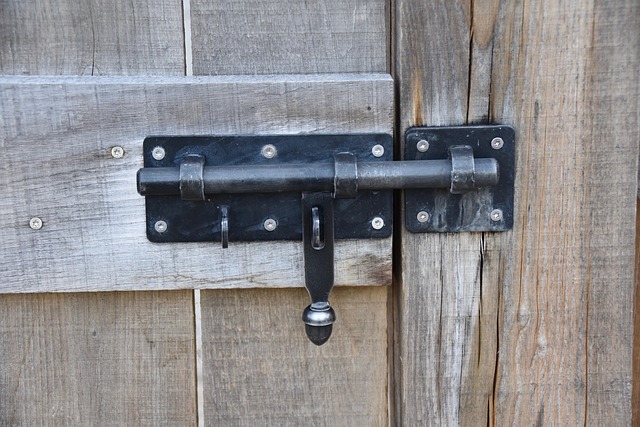
Implementing Smart Home Technologies offers a comprehensive and affordable solution to enhance the security and independence of fixed-income seniors. These innovative systems transform everyday objects into tools for monitoring and protection, providing peace of mind for both seniors and their loved ones. For example, medical alert buttons attached to wristbands or pendants allow seniors to quickly call for help in case of an emergency, ensuring prompt response times.
Elderly home monitoring has never been easier with smart cameras that detect unusual activity and fall detection devices that trigger alerts when a senior experiences a fall. Motion sensor lights and smart thermostats also contribute to a safer environment by illuminating paths at night and maintaining comfortable temperatures without the need for constant manual adjustment. These senior-friendly security cameras offer additional assurance, allowing caregivers or family members to remotely monitor their loved ones’ well-being from anywhere.
As we’ve explored, enhancing the safety of fixed-income seniors is achievable through various cost-effective solutions. Implementing medical alert systems, fall detection devices, and smart home technologies can provide peace of mind while empowering seniors to maintain their independence. By integrating these innovations into daily life, we can create safer senior living environments without compromising accessibility or affordability. Embracing elderly home monitoring and senior-friendly security measures is a step towards ensuring our aging population stays secure and connected in their homes.
